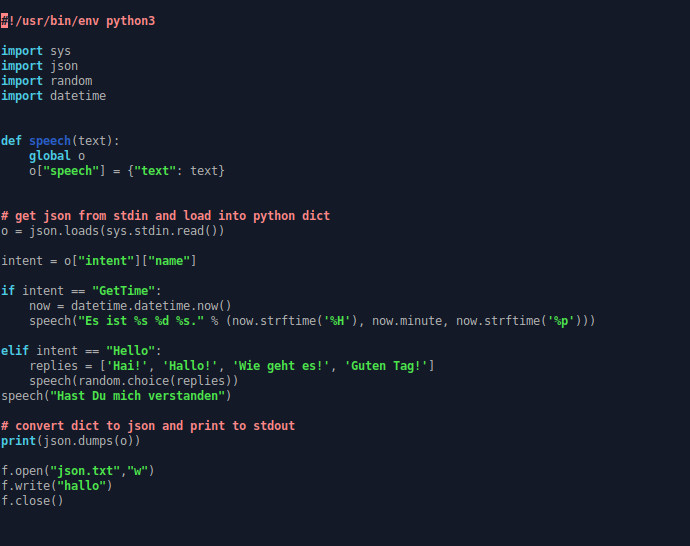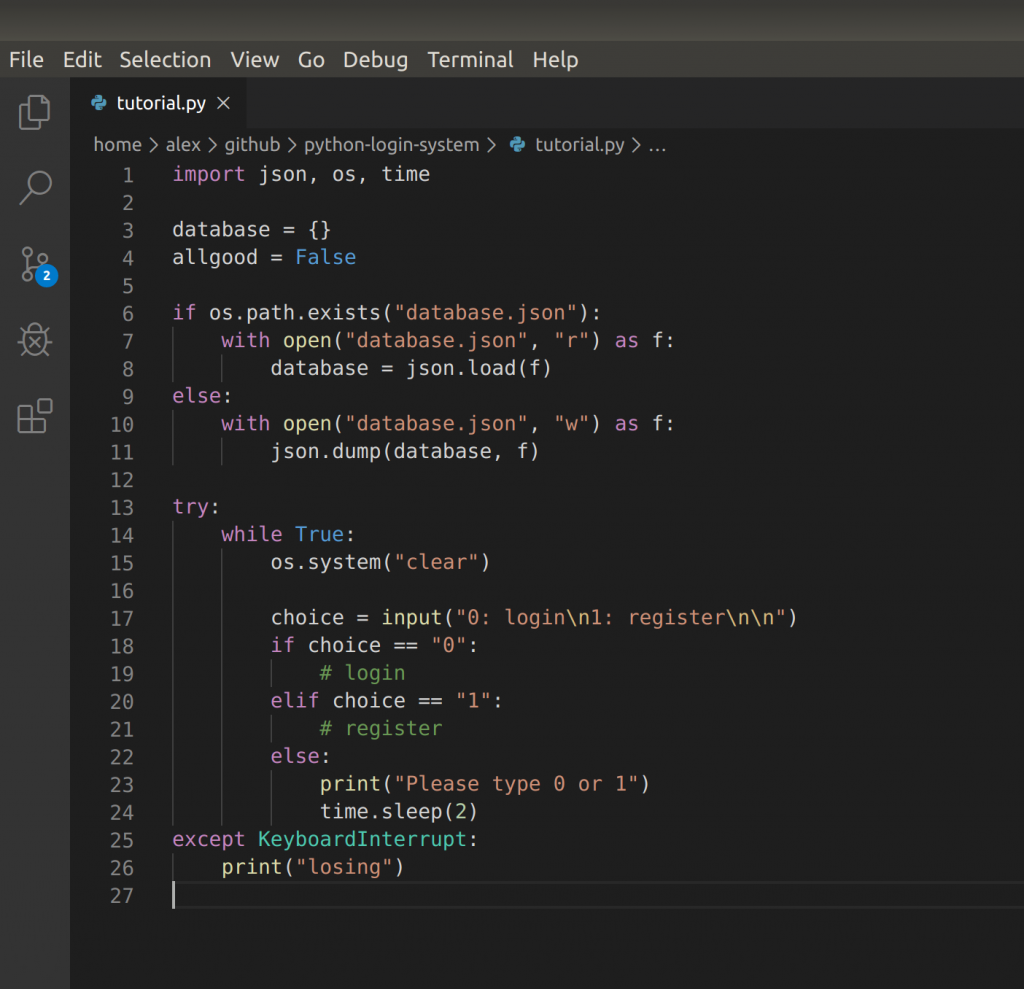
- GOOGLE VOICE LOGIN PYTHON FULL
- GOOGLE VOICE LOGIN PYTHON CODE
- GOOGLE VOICE LOGIN PYTHON PASSWORD
- GOOGLE VOICE LOGIN PYTHON FREE
That will kick off the Python scraper, which extracts links from a webpage. Speak the command scrape into my computer’s microphone. After getting exposure to Deepgram’s real-time transcription, and speech-to-text Python SDK, I thought it’d be cool to scrape a website with my voice. There will be more to come on this bad boy.Voice commands are intriguing, especially with a speech recognition API. I am planning on moving all the settings and text file information into a mySQL server. It will likely be a different version if you look at it there. If now > datetime.time(8) and now datetime.time(8) and now < datetime.time(22): I just created a variable and compare it to the current time before sending a text. Now I need to add something that keeps track of the time… I used the datetime function for this. my wife probably does not want to receive texts all night. It will run all day and all night sending random texts. Now this thing is pretty much ready to go. Import I retrieved them and used them to login to google like this: instead I set both values outside of the script like this:
GOOGLE VOICE LOGIN PYTHON PASSWORD
I was planning on posting this project on github so I did not want my username or password in the script. You can also use this to set your username. From the python command line, (Outside of your script) you can enter t_password(‘accountname’,’username’,’password’) to set your password. Windows Credential manager is where windows keeps your saved credentials, similar to GNOME keyring or KWallet. Keyring lets python interface with Windows Credential Manager. But we don’t want save our gmail credentials in this script. The googlevoice login requires you to enter your email and password every time this runs.
GOOGLE VOICE LOGIN PYTHON CODE
So I organized the code a little better and put the whole thing in a while loop.: from googlevoice import Voice The sleep attribute of the time function is in seconds, so this example is a random sleep for anywhere between 5 and 30 seconds:Īfter I got the random timer set up, I felt like I had most of the bones in place. I used the time and random functions for this. I did not wan them to get a text at the same time every day. The last thing I wanted this to do was send these texts randomly throughout the day. Then I use that number to return 1 random line from my text file: All the variable does is picks a random number between 0 and the number of lines in my text file.


Then I counted how many lines were in my text file and used that number as the high threshold for my random number generation. I used another text file filled with random messages. The next goal was to send a random message every time. Now we read from a list of phone numbers and we can send everyone on that list a text: ListOfNumbers="PhoneNumbers.txt" You can send a text from python with just a few lines of code: Now we are off to the races! The googlevoice function made this pretty easy. I googled something like “python google voice sms” and found this wonderful blog by Motion Design

GOOGLE VOICE LOGIN PYTHON FREE
I did not want to pay for a new phone number… especially when google offers free ones with google voice. Well, I was not that invested in this project. I googled something like “python text message.” There is plenty of stuff that popped up, but most of it was for Twilio, and you had to purchase a phone number.

I figured it would be a good python project.įirst I needed to figure out if this was possible. I wanted to randomly text them throughout the day to remind them to focus on fitness. Normally I would pay no attention to such a request, but this one gave me a fun idea. My wife and her sister asked me to help with some fitness goals. What started out as a joke from my sister-in-law has turned into something quite fun for me. It could easily be turned into some kind of fun prank.
GOOGLE VOICE LOGIN PYTHON FULL
TLDR :)= You can find full project on github –


 0 kommentar(er)
0 kommentar(er)
